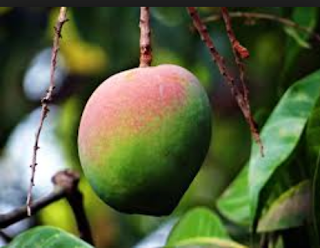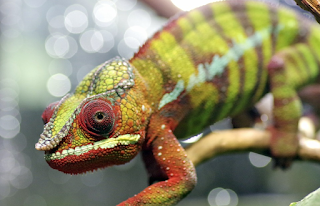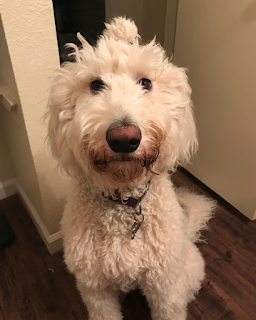Reading Notes: Eastern Stories and Legends Part D
In this story, the bodisatta was born a merchant. When he grew up he was trading with as many as 500 wagons. One day he was on a road at the edge of a forest and stopped a caravan to warn them. He told them to be wary of fruit and trees in the forests that did not know or that may seem off because there were poisonous trees in the forest and to call him if they were unsure. They agreed to do so and set off. As they did they came across a tree that looked like it was a mango tree. The tree was actually a What-fruit tree, though, and it was deadly poisonous. It disguised itself by looking, smelling, and seeming like a mango tree to fool people. Some of the greedier people in the caravan immediately ate the What-fruit but others were more cautious. They called the Bodisatta to check and he told them of its dangers. He also treated the people who had eaten the What-fruit.
Usually when people ate the fruit they were not so lucky and they died on the spot. Then the local villagers would come and hide their bodies and take the wagons and all of their things. The villagers came that day too and when they found everyone alive, they questioned how they knew not to eat the fruit. The caravaners explained that the Bodisatta told them not to eat it. So the villagers questioned the Bodisatta on how he knew and he explained that it was obvious from how accessible the tree was and where it was that the tree was a trap.
Image Information: Mango, Pxhere, Source
Bibliography: Eastern Stories and Legends, Marie Shedlock, 1920. source




Comments
Post a Comment